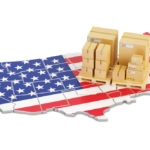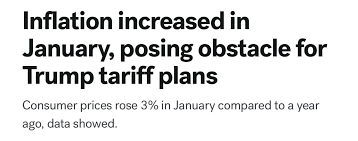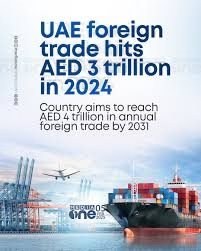Inflation in the United States rose to 3% in January 2025, marking a slight increase from December 2024 and signaling persistent price pressures in the economy. This uptick in inflation comes at a critical time, as the U.S. government considers imposing new tariffs on imports, particularly from China, Canada, and Mexico. The interplay between rising inflation and proposed tariffs poses significant challenges for policymakers, businesses, and consumers alike. This blog post explores the factors driving inflation, the potential impact of tariffs, and the broader economic implications.
Key Drivers of Inflation in January 2025
1. Energy and Food Prices
Energy costs, particularly gasoline and fuel prices, were a major contributor to the January inflation surge, accounting for 40% of the monthly increase. Global oil price fluctuations and supply chain disruptions have exacerbated these pressures.
Food prices also remained elevated due to ongoing supply issues, including adverse weather conditions and disease outbreaks in livestock. Essential items like meat and eggs continue to strain household budgets.
2. Housing and Rent Costs
The housing sector remains a significant driver of inflation, with rental costs increasing by 5.2% year-over-year. Higher interest rates have slowed new housing construction, creating a supply-demand gap that keeps prices high.
3. Tariff Threats and Import Costs
The looming threat of new tariffs on imports from China, Canada, and Mexico has added to inflationary pressures. Businesses are bracing for higher production costs, which are likely to be passed on to consumers. For example, tariffs on intermediate goods like auto parts could amplify production costs and increase consumer prices.
The Tariff-Inflation Nexus
1. How Tariffs Fuel Inflation
Tariffs act as taxes on imports, increasing the cost of goods and services for consumers and businesses. When substitutes are unavailable or difficult to produce domestically, tariffs lead to higher inflation. For instance, a 25% tariff on Canadian and Mexican goods could add 0.5 to 0.8 percentage points to core inflation, while a 60% tariff on Chinese imports could push inflation up by 1.4 to 2.2 percentage points.
2. Supply Chain Disruptions
Tariffs disrupt global supply chains, particularly in industries like automotive manufacturing, where components cross borders multiple times during production. Each tariff imposition amplifies production costs, ultimately raising consumer prices.
3. Consumer and Business Adjustments
Consumers may cut back on discretionary spending as prices rise, while businesses face reduced profit margins if they absorb tariff costs. Over time, these adjustments could dampen economic growth and exacerbate inflationary pressures.
Broader Economic Implications
1. Federal Reserve’s Dilemma
The Federal Reserve faces a challenging balancing act. While inflation remains above its 2% target, the potential for tariffs to further drive prices upward complicates monetary policy decisions. The Fed has paused interest rate cuts, but persistent inflation may force a reconsideration of its strategy2.
2. Global Trade Tensions
Tariffs could trigger retaliatory measures from trading partners, leading to a broader trade war. For example, Canada and Mexico may impose their own tariffs on U.S. goods, further disrupting trade flows and economic stability.
3. Impact on Consumers and Businesses
Higher inflation and tariffs disproportionately affect low- and middle-income households, which spend a larger share of their income on essentials. Businesses, particularly those reliant on imported inputs, face increased costs and reduced competitiveness. More bankruptcies are underway due to these impacts.
Policy Recommendations
1. Targeted Tariff Exemptions
Policymakers should consider exemptions for critical goods, such as medical supplies and essential food items, to mitigate the inflationary impact on vulnerable populations.
2. Strengthening Domestic Supply Chains
Investing in domestic production capabilities can reduce reliance on imports and cushion the economy against tariff-induced disruptions.
3. Coordinated Monetary and Fiscal Policies
The Federal Reserve and government agencies should work together to address inflation without stifling economic growth. This could include targeted fiscal stimulus to support affected industries and households11.
Conclusion
The rise in inflation in January 2025 underscores the delicate balance between economic growth and price stability. As the U.S. contemplates new tariffs, policymakers must carefully weigh the potential inflationary consequences and their broader economic impact. By adopting targeted measures and fostering international cooperation, the U.S. can navigate these challenges and ensure sustainable economic progress. Find out more about International Trades!






